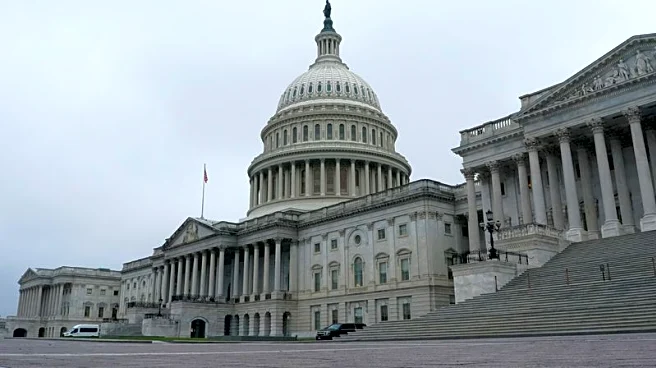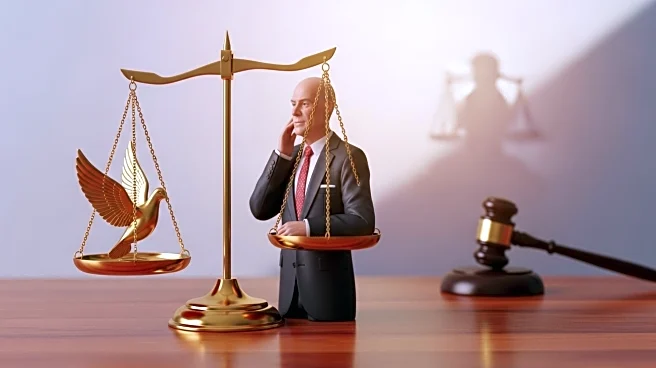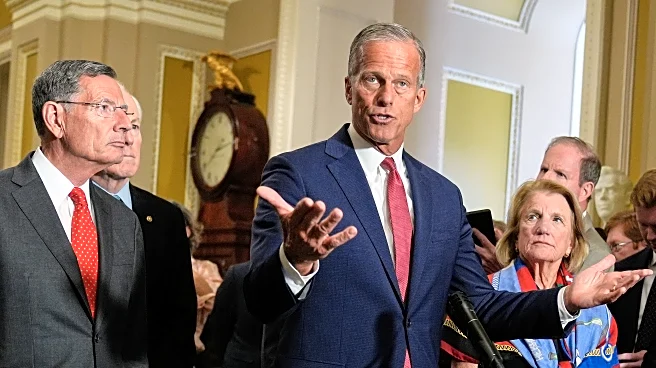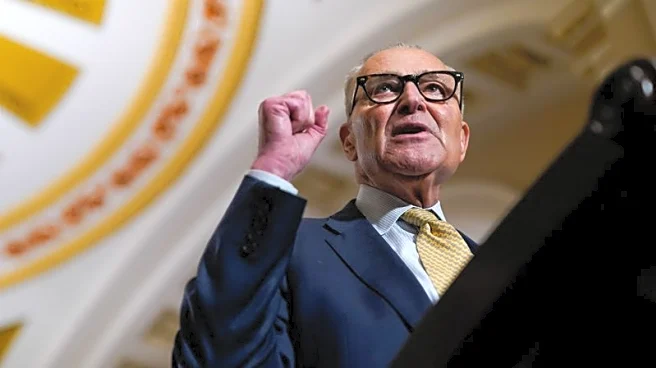What is the story about?
What's Happening?
The House of Representatives has passed a provision in the National Defense Authorization Act (NDAA) that exempts civilian Defense Department employees from President Trump's executive orders aimed at limiting collective bargaining rights. The executive orders, issued in March and expanded in August, invoked a provision of the 1978 Civil Service Reform Act to restrict union activities across the federal government, citing national security concerns. The House Armed Services Committee included a measure in the fiscal 2026 NDAA to prevent the use of funds to enforce these orders on Defense Department civilians. The bill passed with a vote of 231-196, with bipartisan support for maintaining collective bargaining rights.
Why It's Important?
The decision to exempt Defense civilians from the union ban underscores the significant bipartisan support for collective bargaining rights within Congress. This move is seen as a victory for federal employee unions, which argue that such rights are crucial for improving government efficiency and employee retention. The preservation of these rights is particularly important for the Defense Department, which relies on a stable and motivated civilian workforce to support its operations. The outcome also reflects broader political dynamics, as some Republicans joined Democrats in opposing the executive orders, indicating potential fractures within the party on labor issues.
What's Next?
The NDAA will proceed to a conference committee where differences between the House and Senate versions will be reconciled. Union leaders and supporters will likely continue to advocate for the retention of the collective bargaining exemption in the final bill. Additionally, efforts to pass the Protect America’s Workforce Act, which seeks to nullify the executive orders entirely, may gain momentum, especially with the recent addition of a new Democratic representative. The outcome of these legislative efforts will have lasting implications for federal labor relations and the balance of power between the executive branch and federal employees.
AI Generated Content
Do you find this article useful?















